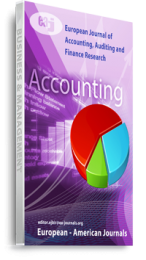This study empirically estimates the behaviour of demand for liquid financial assets, as it is one of the most important recurring issues in theory and application of macroeconomics, and examines the stability of the same in the Sudanese context. The study covered the period 1993 to 2012. The results show that, there is a strong transactions motive for holding liquid financial assets by individuals and banks in Sudan. That happened after the liberalization process and utilization of the credit and debit cards. And also, implementation of Islamic financing techniques; specifically, after the open market policy that allow the functioning of private and Islamic banks along with Khartoum Securities Exchange to join the financial sector. The reliability of the estimation results were questioned due to the shortcomings of traditional techniques. A modern estimation technique was introduced, like cointegration technique. However, findings of cointegration have been interpreted as a sign of constancy of parameter estimates. The empirical analysis shows that the demand for liquid financial assets is a function of national income and negatively behaving with changes in prices and rates of return. ADF test for unit roots results show a non-stationary behavior, and then VAR is applied along with Johansen co-integration method analysis of a multivariate system of equations to test for the existence of a long run relationship between the determinants that shows the existence of a reasonably stable demand for money and other liquid financial assets function in Sudan. Since inflation (continuous prices rising) is exogenous in demand for money and other liquid financial assets function, therefore, the central monetary authority, namely, Central Bank of Sudan and Ministry of Finance are not able to control the price-rises in such open markets
Keywords: Demand for liquid financial assets, GLS test statistics, Islamic financing techniques, VAR, error correction model and co-integration

